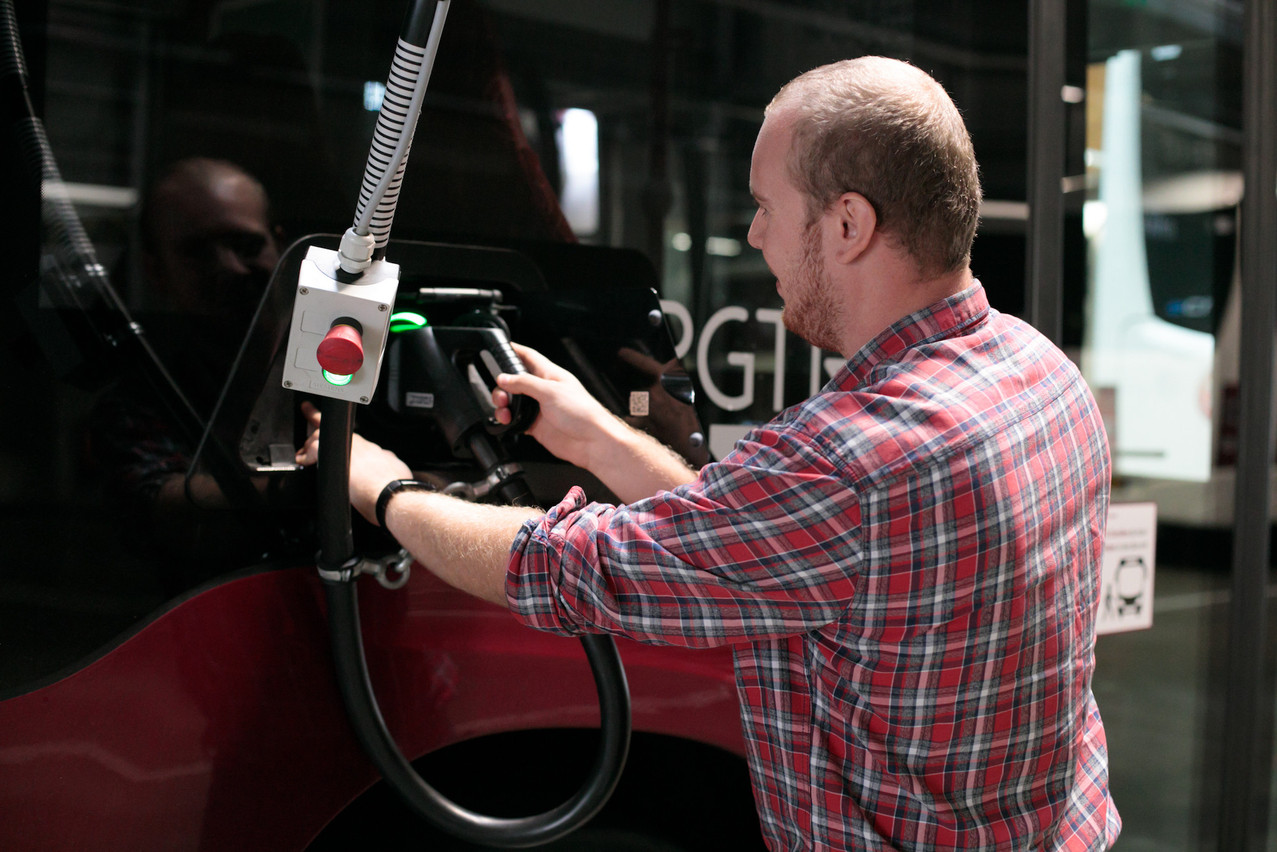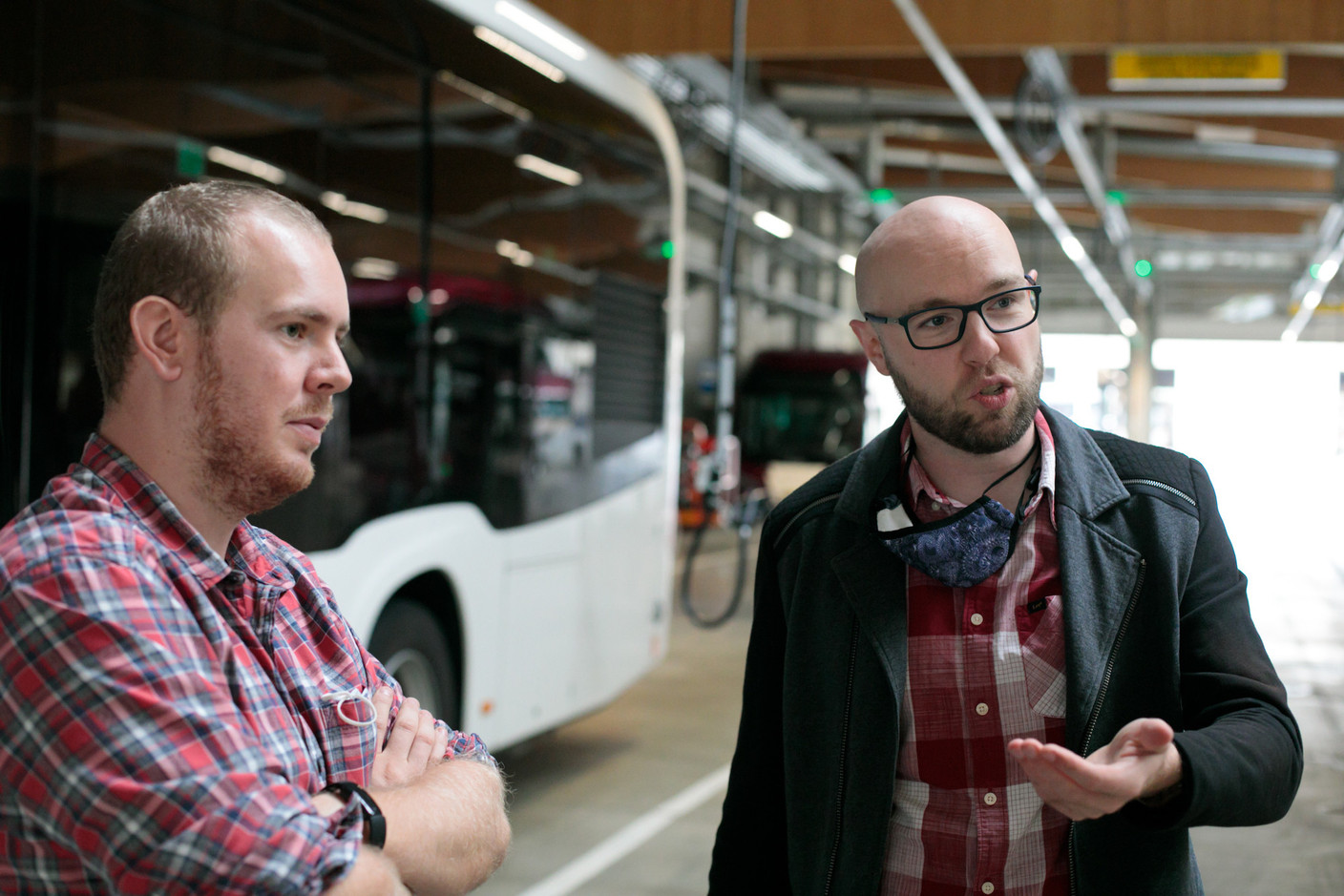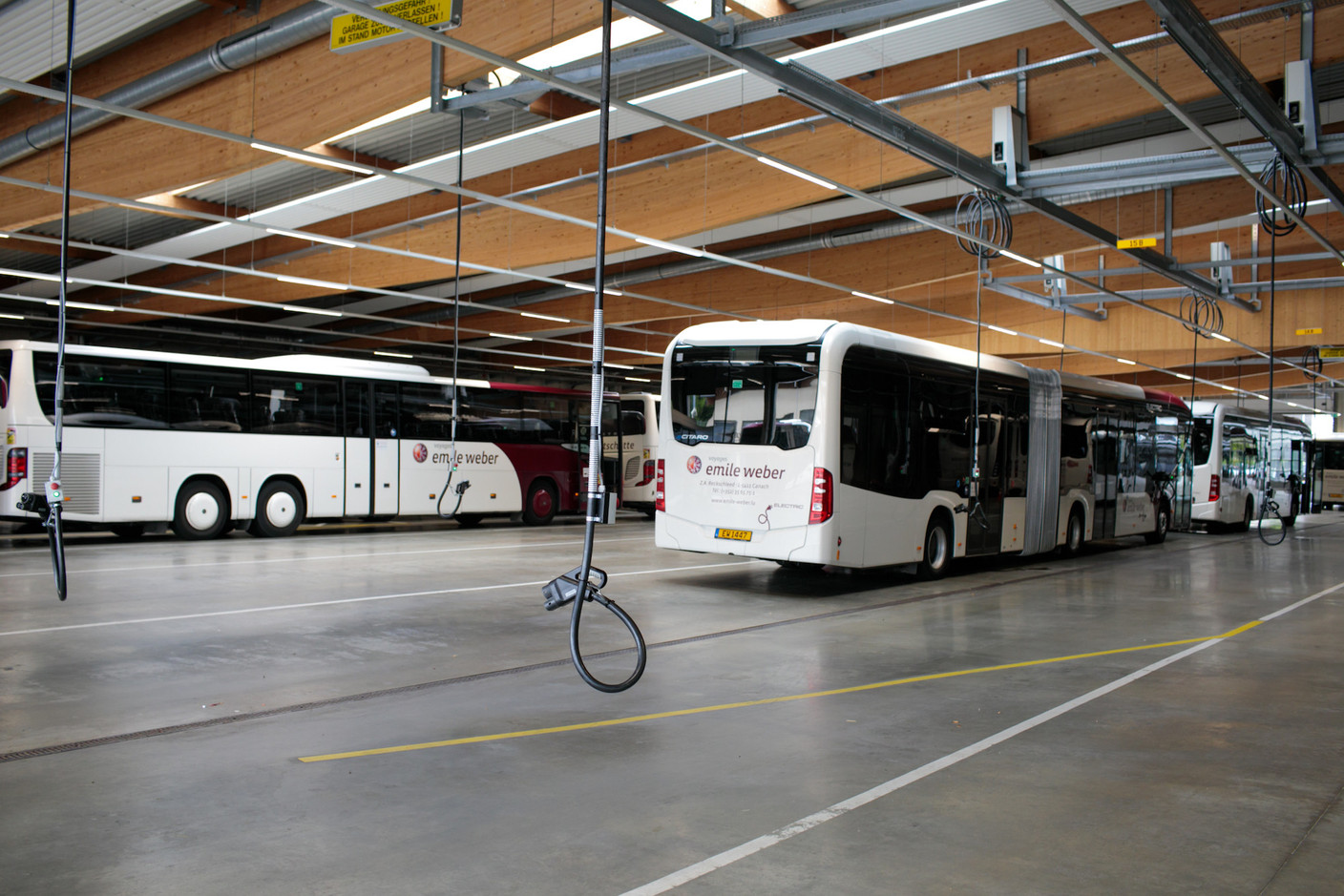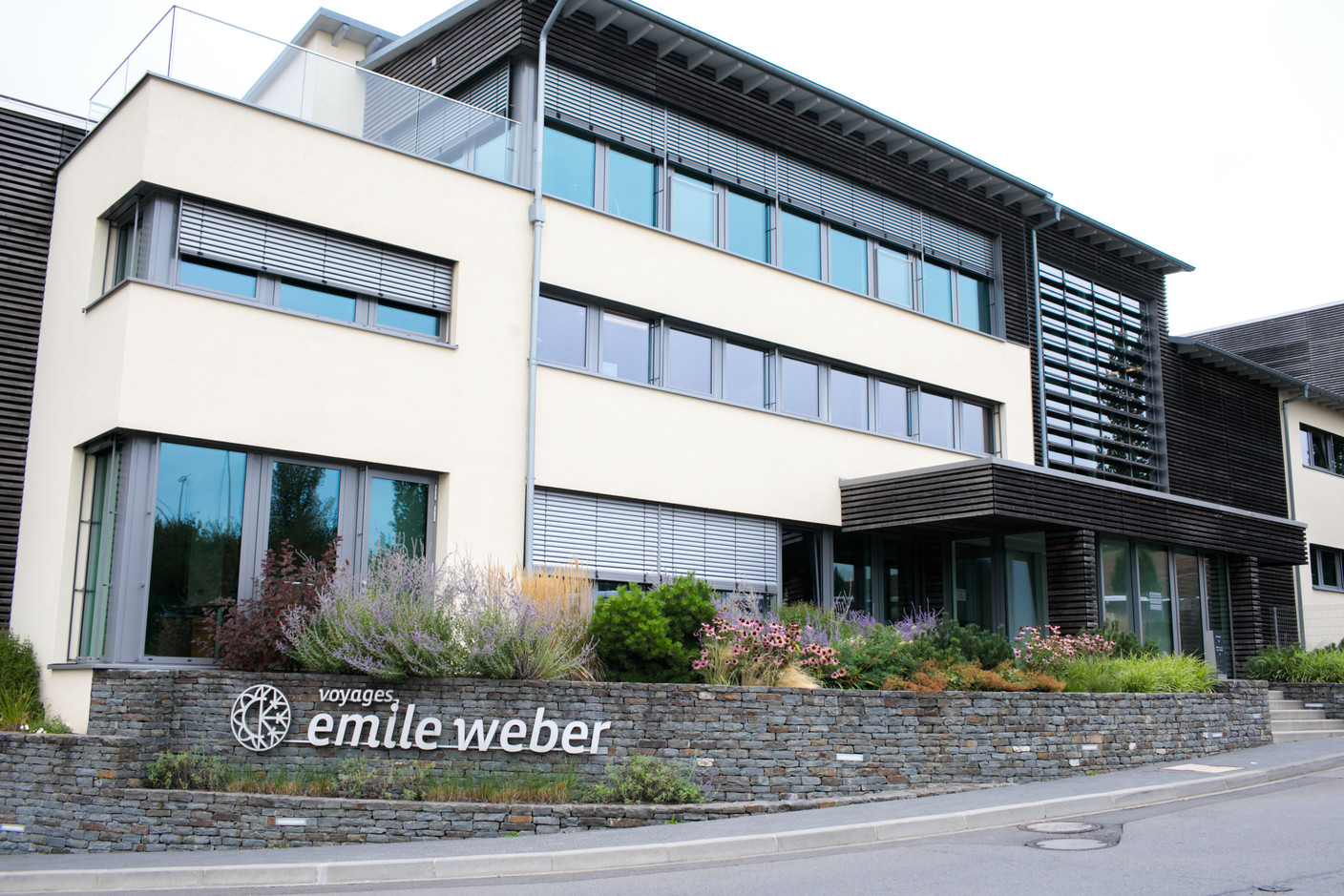At its depot in Canach, the switch from petrol to electric is going ahead at top speed. In three years, Voyages Emile Weber has multiplied the number of electric buses by 12, from seven in 2018 to soon 80. The group's fleet of 700 vehicles now has 120 to 130 electric vehicles.
And as if charging and managing the battery levels of these buses, which range roughly from 140 to 300 kilometres, were not enough, the company decided to buy them from seven different manufacturers and increased the number of suppliers of charging stations and cables. "We wanted to gain experience as quickly as possible," says Cyrille Horper, who manages communications for the group’s mobility department.
Difficulties arise from the software of the bus and the charging station, which do not speak the same language. “In the evening it's a giant Tetris," he says of the vehicles returning to the right charging station at the end of the day.
In the warehouse, overseen by Charel Schmit, who joined the company in 2018, each bus knows the loading line on which it must park and in what order, according to the next day's departure and the level of load to be reached in order to not break down in the Luxembourg countryside.
Among the subtleties of the manufacturers, Voyages Emile Weber discovered that not all buses charge from the same place--on the right for some, on the left for others, or at the back of the bus. Cables hang from the ceiling, mounted on springs, which allow the right area of each bus to be reached.
But as the number of electric buses increased, the company faced a new challenge: how to avoid blowing the fuses while recharging them at the same time? Creos had to deploy its smart grid solution to offer the tour operator the possibility to go from 2MW to 3MW consumption. "That's 50% more," says Horper. "The idea is that instead of having to pull a second high-voltage line from Contern with these poles running through the wilderness, we can use unused grid capacity." Creos therefore allows capacity to be added at quarter-hourly intervals, and the mobility company has developed an in-house planning tool based on analyses from previous years.
Voyages Emile Weber was the first in Luxembourg to switch to hybrid in 2008 and the first in the world in 2015 to use a double-articulated bus. It was also the first to use a new bus maintenance bridge built in Luxembourg. For the past month, this metal "bridge", which mechatronics technicians access via a staircase, has facilitated battery maintenance, often above the bus, as well as mechanical maintenance under the bus. The 21-metre-long bridge can accommodate all types of buses.
€4.5m invested in electrics
"Since the start of our Empowering Mobility strategy, we have invested €4.5m in buses, recharging and maintenance infrastructures," says the head of communication and marketing. With 7 million kilometres travelled, the company already has a great deal of experience.
On Friday, the buses that will run on the 487 kilometres of the Nightlifebus network serving 21 communes will become all electric as part of the European Mobility Week. "Even those who don't use the buses will benefit," Horper says. “They emit up to 30 decibels less!”
Schmit, who is officially in charge of the recharging infrastructure, moves from one to the other to guide the mechatronic engineers and get feedback, too, says the engineer. The technical nature of the project has meant that continuous training in these new technologies is required. The drivers even have a tablet that asks them to log in when they start up so that they know everything about the route they are about to take.
If the group is going to continue its efforts, it must take into account two factors: the evolution of electric technology (for example, batteries offering an ever greater range) and the evolution of alternative technologies, in particular hydrogen, a possibility offered by government plans. "But we will need to have at least one charging station before we can adopt this technology," the two men say.
This story was first published in French on . It has been translated and edited for Delano.








